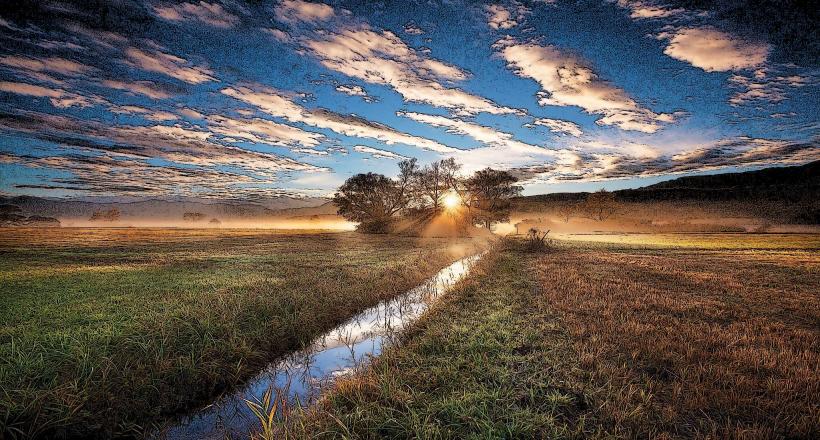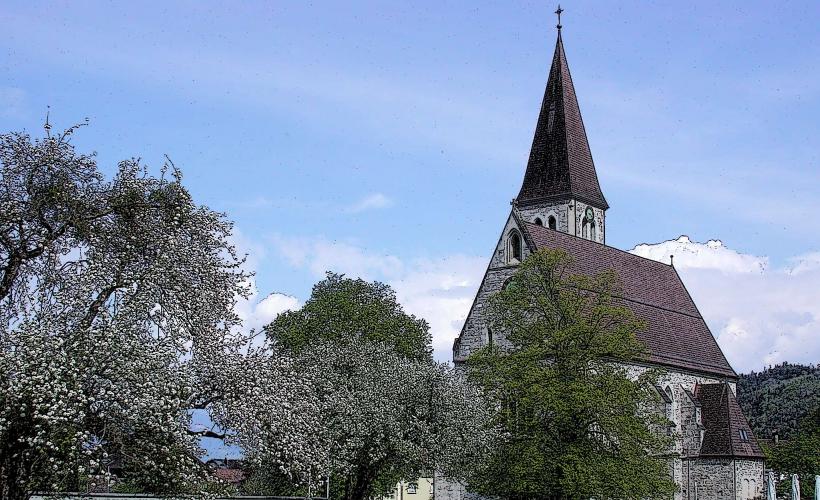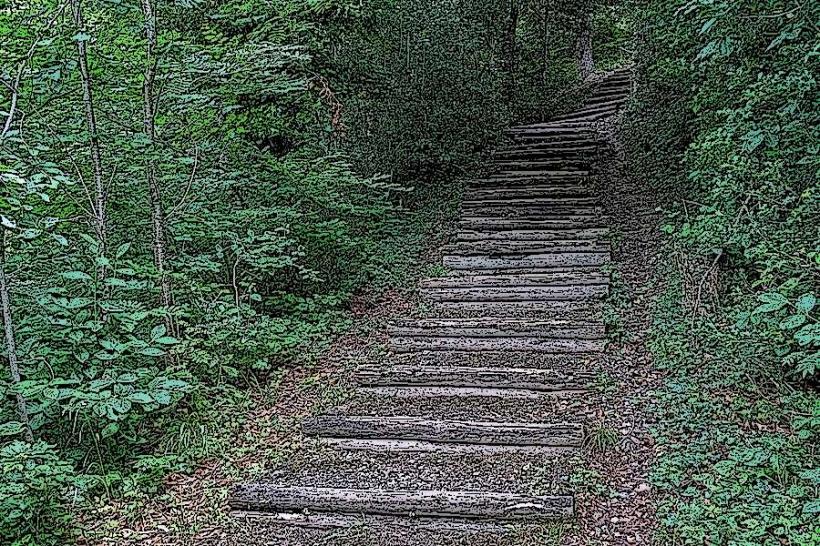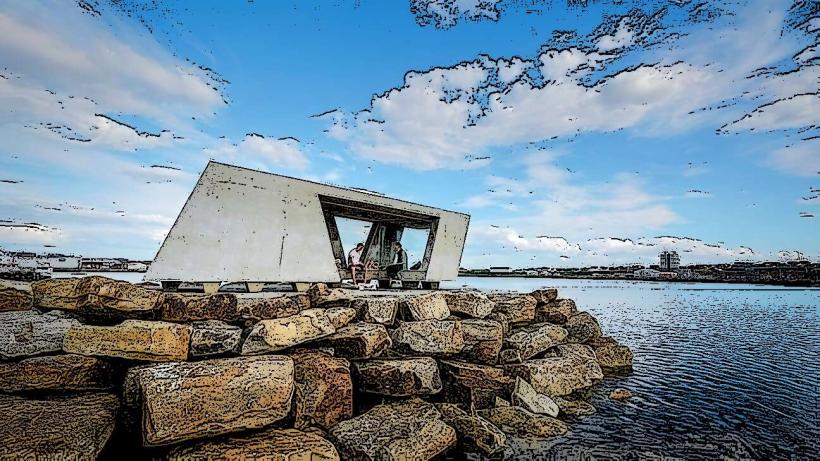Information
Landmark: Wildlife Observation TowersCity: Ruggell
Country: Liechtenstein
Continent: Europe
Wildlife Observation Towers are elevated structures designed for observing wildlife in their natural habitats, offering visitors the opportunity to watch animals and birds without disturbing them. These towers are typically located in nature reserves, national parks, wetlands, forests, or other ecologically sensitive areas. In Liechtenstein, such towers can be found in various protected areas like the Ruggeller Riet Nature Reserve or other similar biotopes.
1. Purpose and Benefits
- Wildlife Observation: The primary purpose of a wildlife observation tower is to provide a safe and unobtrusive vantage point for observing animals, particularly birds, in their natural environment. This allows visitors to enjoy wildlife viewing without disturbing the animals or causing habitat disruption.
- Educational Tool: These towers serve as an educational platform, helping people learn about local biodiversity, conservation efforts, and the role of different species in the ecosystem. Signage and guides often accompany the towers, providing valuable insights into the species that frequent the area.
- Increased Viewing Opportunities: By elevating the observer above the foliage or other natural obstacles, wildlife observation towers offer unobstructed views of the landscape, increasing the chances of spotting elusive or distant wildlife.
2. Design and Structure
- Elevated Structure: Wildlife observation towers are typically tall, raised platforms, often built on stilts or a sturdy frame to provide an elevated viewpoint. Depending on the location, the tower can be anywhere from 5 to 20 meters (16 to 66 feet) tall.
- Materials: These towers are usually constructed with durable materials like wood, steel, or concrete to withstand the elements and the demands of frequent use.
- Accessibility: The towers are often designed with accessibility in mind. They are equipped with stairs or ramps, and sometimes even elevators, to ensure visitors can easily reach the top for the best views.
- Safety Features: Wildlife observation towers are built with safety in mind, featuring railings, non-slip steps, and sturdy handholds to ensure the safety of visitors, especially in areas that might be exposed to strong winds or other weather conditions.
3. Location and Habitat
- Wetlands and Marshes: Many wildlife observation towers are located in wetland areas, which are rich in biodiversity. These habitats support various bird species, amphibians, insects, and other wildlife, making them ideal for observation.
- Forests and Meadows: Some towers are found in forested areas or meadows, offering views of wildlife such as deer, rabbits, or other mammals, as well as various bird species.
- Mountainous Regions: In mountainous regions, wildlife observation towers may be used to spot birds of prey, alpine species, and other animals that inhabit higher altitudes.
4. Wildlife Viewing
- Birdwatching: One of the primary activities at wildlife observation towers is birdwatching. Many towers are strategically placed in areas frequented by migratory birds, waterfowl, and other species. Birdwatchers can observe both resident and migratory species, often through binoculars or telescopes provided at the tower.
- Mammals and Other Wildlife: Besides birds, towers may also provide opportunities to observe mammals, amphibians, and other creatures that are active in the region. Depending on the area, this might include sightings of animals like deer, foxes, otters, or other native species.
5. Educational and Interpretive Features
- Signage and Information Panels: Wildlife observation towers typically have interpretive signage explaining the local wildlife, habitat features, and conservation efforts. These panels often include information on the different species that can be observed, the role of wetlands or forests in the ecosystem, and guidelines for respectful wildlife observation.
- Guided Tours: Some wildlife observation towers may offer guided tours led by experienced naturalists or wildlife experts who can provide in-depth knowledge about the species and the environment.
- Educational Programs: Towers in protected areas may also host educational programs for schools, tourists, or local residents, helping to raise awareness about conservation and the importance of preserving natural habitats.
6. Access and Visitor Experience
- Tranquil and Peaceful Environment: The tower is often located in a quiet, natural environment that encourages relaxation and a deeper connection with nature. Visitors are typically advised to remain as quiet as possible to avoid disturbing the wildlife.
- Photography and Wildlife Observation: The elevated position of the tower makes it an ideal location for wildlife photography, as visitors can capture images of animals in their natural habitat from a safe distance.
- Sustainability and Conservation Efforts: Many observation towers are located within protected areas where local conservation efforts are underway. These sites are often managed to ensure that human activities, such as tourism, do not negatively impact the environment.
7. Popular Locations for Wildlife Observation Towers
- Ruggeller Riet Nature Reserve: In Liechtenstein, the Ruggeller Riet is one of the key places where wildlife observation towers are situated. These towers provide fantastic opportunities to view waterfowl, migratory birds, and other species that frequent the wetland habitats of the area.
- Other Protected Areas: Similar towers can be found in other national parks, nature reserves, or biotope areas around Europe, where the wildlife is diverse and the habitats are carefully protected.
8. Practical Tips for Visiting
- Bring Binoculars: While many towers are equipped with telescopes, it's a good idea to bring your own binoculars for a better, personal viewing experience.
- Appropriate Clothing: Since wildlife observation often involves being outdoors for extended periods, wear comfortable clothing and sturdy footwear, especially if the tower is part of a longer hiking route.
- Respect Wildlife and Habitat: Always follow the guidelines for wildlife observation, which may include staying quiet, avoiding feeding animals, and maintaining a respectful distance.
Conclusion
Wildlife observation towers provide a unique and sustainable way to experience nature and observe wildlife in its natural habitat. They promote eco-friendly tourism, offer educational opportunities, and enhance the experience of outdoor enthusiasts by providing elevated, unobstructed views of biodiversity-rich ecosystems. These towers are invaluable tools in fostering a deeper understanding of wildlife and the importance of conservation efforts.





